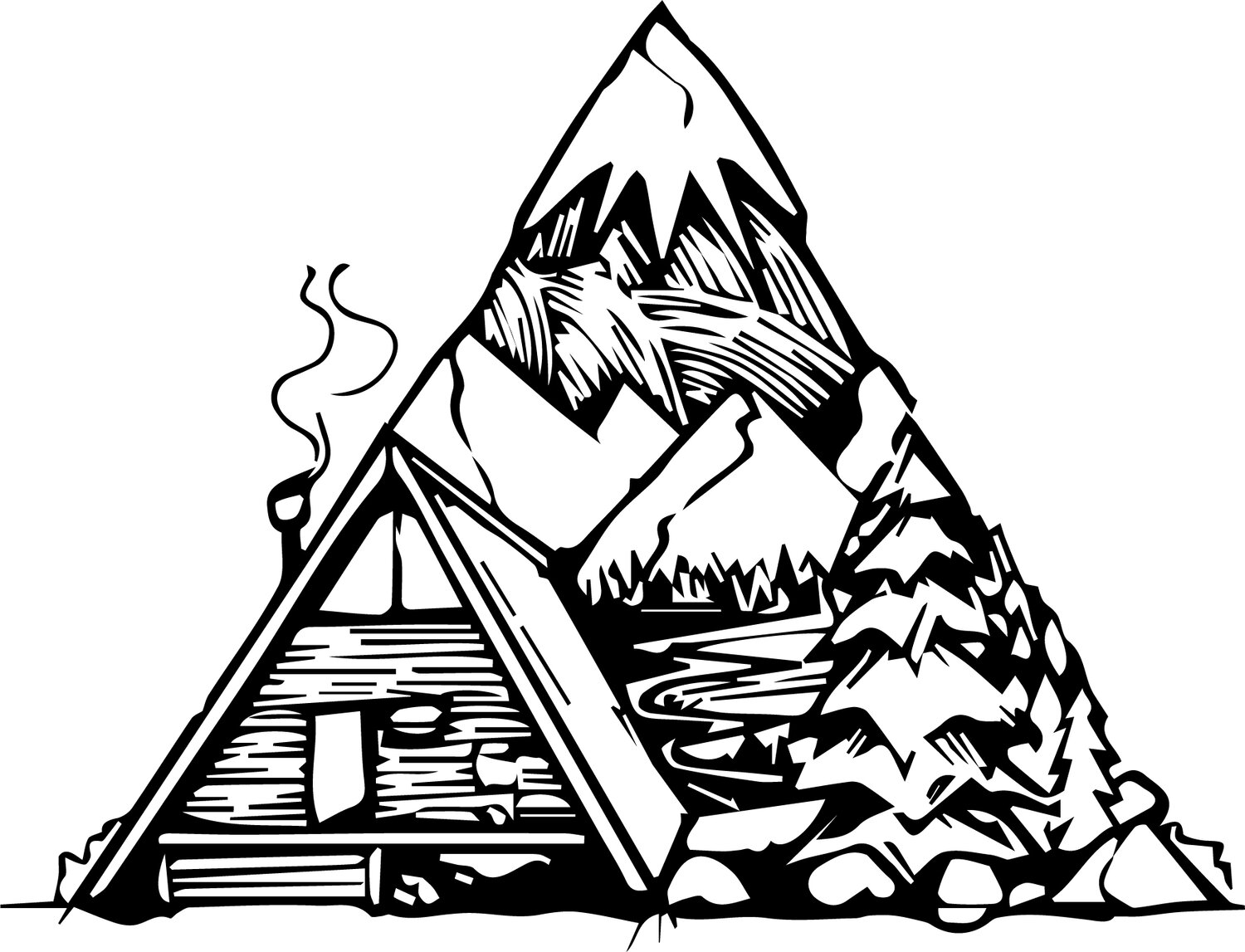Deserts
The desert biome is very important to this earth. Many animals and insects live there and it is a source of sand. Another reason it is so important is because it is its own ecosystem. Despite their reputation for being dry empty wastelands, deserts are home to one-sixth of the world's population, and they cover over one-fifth of the Earth's landmass. Deserts can be found on every single continent, and even though they lack water, they play an important role in helping animals, humans and the environment. (Sciencing)
Deserts may seem lifeless, but in fact many species have evolved special ways to survive in the harsh environments.
What makes a desert?
A desert is a place that receives less than 10 inches (25 centimeters) of rain per year. Deserts are part of a wider class of regions called drylands. These areas exist under a “moisture deficit,” which means they can frequently lose more moisture through evaporation than they receive from annual precipitation.
Despite the common conceptions of deserts as hot, there are cold deserts as well. The largest hot desert in the world, northern Africa's Sahara, reaches temperatures of up to 122 degrees Fahrenheit (50 degrees Celsius) during the day. But some deserts are always cold, like the Gobi desert in Asia and the polar deserts of the Antarctic and Arctic, which are the world's largest. Others are mountainous. Only about 20 percent of deserts are covered by sand.
The driest deserts, such as Chile's Atacama Desert, have parts that receive less than .08 inches (2 mm) of precipitation a year. Such environments are so harsh and otherworldly that scientists have even studied them for clues about life on Mars. On the other hand, every few years, an unusually rainy period can produce "super blooms," where even the Atacama becomes blanketed in wildflowers.
Desert animals have evolved ways to help them keep cool and use less water. Camels can go for weeks without water, and their nostrils and eyelashes can form a barrier against sand. Many desert animals, such as the fennec fox, are nocturnal, coming out to hunt only when the brutal sun has descended. Some animals, like the desert tortoise in the southwestern United States, spend much of their time underground. Most desert birds are nomadic, crisscrossing the skies in search of food. And among insects, the Namibian desert beetle can harvest fog from the air for water. Because of their very special adaptations, desert animals are extremely vulnerable to changes in their habitat.
Desert plants may have to go without fresh water for years at a time. Some plants have adapted to the arid climate by growing long roots that tap water from deep underground. Other plants, such as cacti, have special means of storing and conserving water.
Some of the world's semi-arid regions are turning into desert at an alarming rate. This process, known as desertification, is not caused by drought, but usually arises from deforestation and the demands of human populations that settle on the semi-arid lands. The pounding of the soil by the hooves of livestock in ranching, for example, may degrade the soil and encourage erosion by wind and water. In northern China, growing urbanization, which left much of the land unprotected against wind erosion and the buildup of sediment from the surrounding desert, created a desertification problem, prompting the government to build a "great green wall" as a hedge against encroaching desert.
Source: National Geographic

